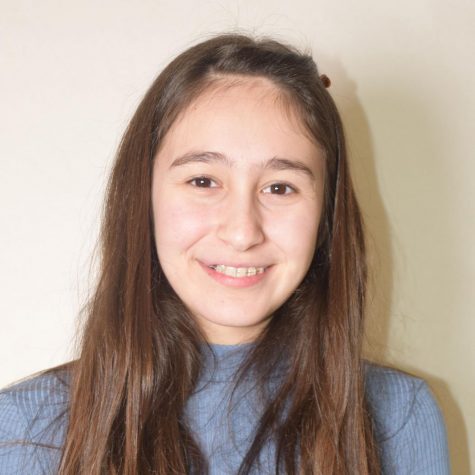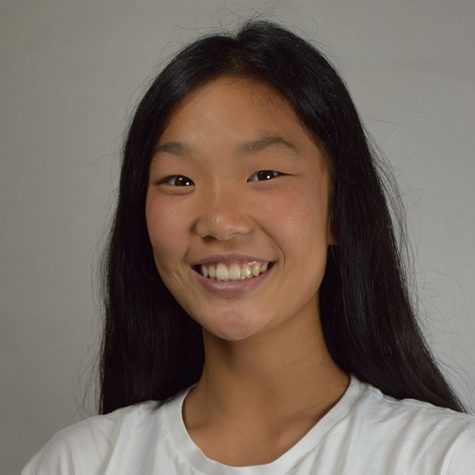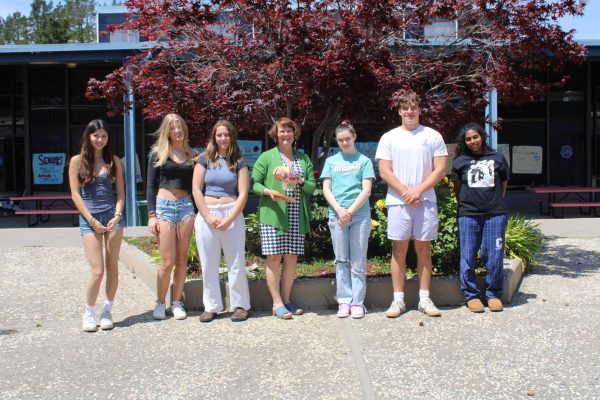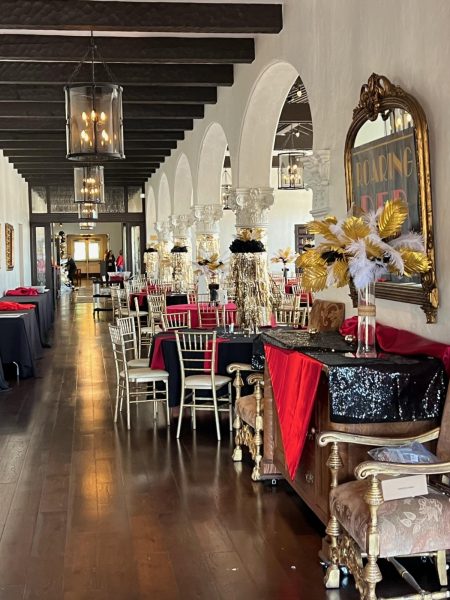Instructions Continues Remotely during Campus Closure
4th quarter course work has been moved entirely to a “distance learning” model due to the global outbreak of COVID-19. This means that students will very likely be completing the current school year without returning to campus classrooms.
March 13, a previously scheduled Staff Development Day, was used by teachers and administrators to become familiar with online learning platforms like Google Classroom and School Loop in preparation for the campus closure, which went into effect on March 16.
Students now receive emails from teachers, and instruction and materials through School Loop, Google Classroom, Zoom and other online tools.
English teacher Shannon Sieckert said that “these are unprecedented times, and while I’m unhappy to be teaching with online tools, the situation could be much worse.” She explained, however, that she is thankful to be able to continue to instruct her students. “Personally, my biggest challenge is balancing my work duties with my mom/homeschool teacher duties,” added Sieckert.
Many teachers, like math teacher Nick Schoen and physics teacher David Talcott, have been posting video lectures and/or worksheets for their students. Other teachers have been using Google Classroom, screencasting live lectures, posting on YouTube, and meeting via Google Hangouts or Zoom.
According to Schoen, a great struggle has been adjusting to the situation, and figuring out how to best communicate with and instruct students online. “I learned pretty quickly how to make video lectures…and…I’ve tried to stay exclusively using School Loop to post these videos, post assignments and respond to emails about help…I was surprised to learn that students don’t really like to use email,” said Schoen.
Math teacher Erika Fisher said that some of the websites she’s using to assign work to and communicate with students are the typical platforms, as well as Instagram (@math_with_fisher), Khan Academy, Big ideas Math, and AP Classroom. “I saw about the same rate of assignment submission this week as I do on a normal week,” said Fisher.
P.E teacher Alison Adams has been assigning her students physical activities to do through Google Classroom and School Loop. “I hope students are doing the assigned work. It is an honesty issue,” said Adams.
Unfortunately, virtual schooling is not without its challenges.
Fisher, who worries about maintaining the integrity of her assessments, is having trouble figuring out how to give tests. “I have spent hours contemplating how to assess students. I have a few ideas, but none of them are great. That is definitely the biggest challenge right now,” she said.
Students of AP classes also have the challenge of preparing for a revised test format in order to earn their college credit. According to AP history teacher Molly Kerr, students will mainly have to study on their own, but teachers are working to have live Zoom or Google Hangouts meetings in order to provide support for the AP exams.
Junior Bradford Martin admitted that he hasn’t been very successful with his academics now that he is doing it all at home. Martin said he’s usually “an extremely productive person getting work done in advance” but is now “very far behind.”
Martin added that he now finds himself often cutting corners and turning work in late.
“The biggest issue is lack of motivation,” said Martin. “Online learning has led me to learn more poorly. Hardest [class] is probably mimicking what I do in English, easiest would be history because we already followed a 100% online system.”
Freshman Kyra Xiong said, “All of my classes don’t focus on new things – we do assignments specifically pertaining to what we learned before the lockdown.”
Nevertheless, teachers are hopeful that their students will be able to complete the course work for the year regardless of the situation.
Fisher is confident in her online resources and her students’ ability to learn remotely. “We are super lucky to be in a district where all students can still access learning. The Internet is amazing, and I have no doubt students will adjust,” Fisher said, adding, “it isn’t a bad thing for students to get used to this style of teaching and learning” because a lot of college courses are taught online as well.
“I feel fortunate that students at Campo are so motivated to learn. I don’t worry at all about students doing their best on the work I assign, and actually trying to learn for the sake of learning, [because] that is certainly not true for all student populations,” said Schoen.
Xiong believes that she is productive at home and she still turns in her work on time. “A good thing is that I am in a comfortable workspace at home and I can take breaks off my work when I want to,” said Xiong.
“None of this is ideal, but if we spend all our time lamenting about how terrible it is then we won’t make any progress at all. The key is to try to stay positive and keep moving forward. I’m not gonna lie though, I miss my students, and hearing their ideas daily,” said Sieckert.
Your donation will support the student journalists of Campolindo High School's The Claw. Your contribution will allow us to produce more issues and cover our annual website hosting costs.

Sophomore Sheila Teker has been interested in health care and medicine since she was in 7th grade. She enjoys volunteering at clinics and hospitals and...

Freshman Kylie Choi enjoys playing volleyball and writing fiction.
"I just started writing stories for fun," said Choi. "I like making up another world...



